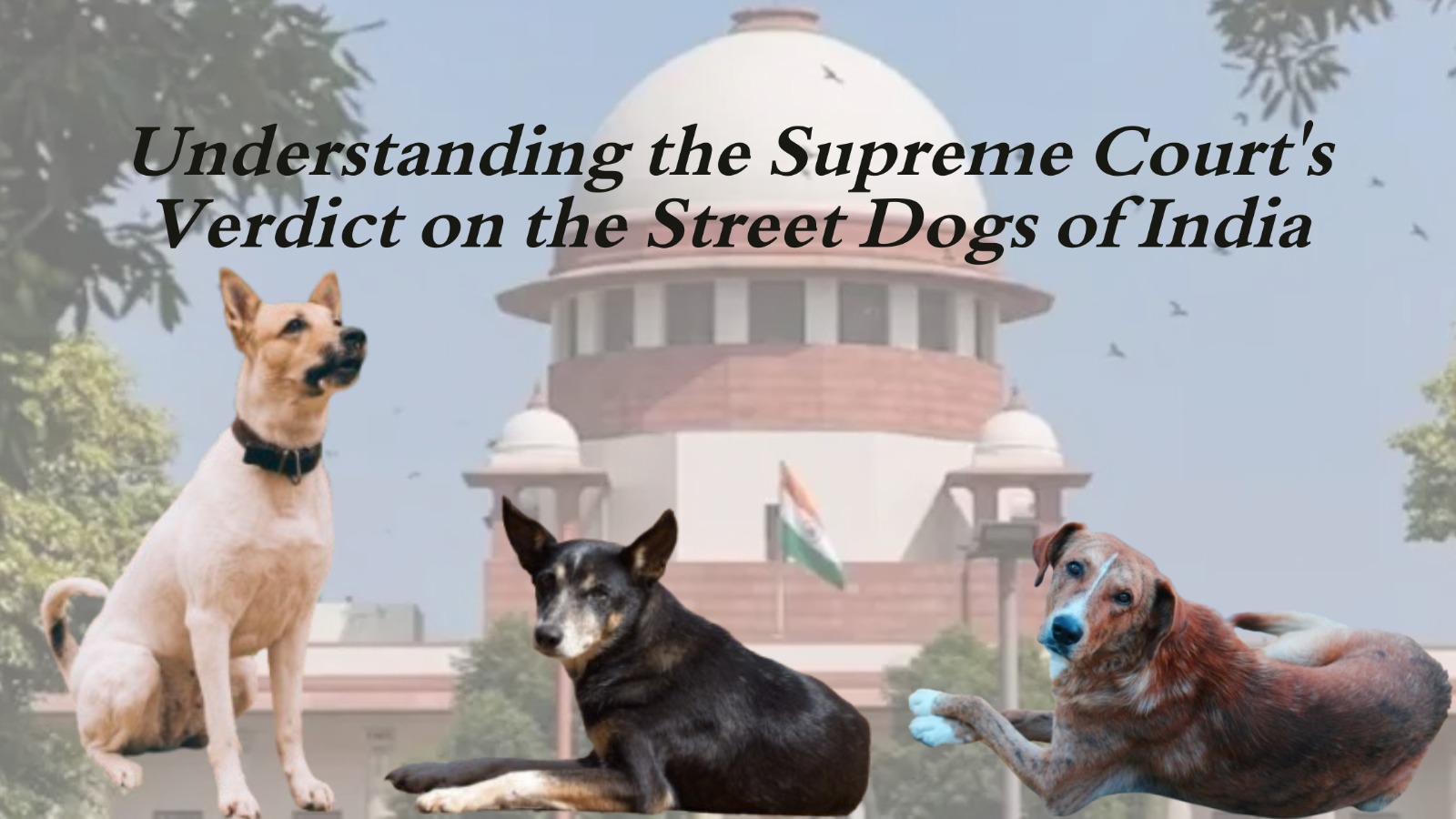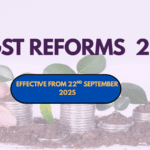India’s urban landscapes are increasingly becoming battlegrounds of human-animal conflict,
especially when it comes to street dogs. The Supreme Court of India’s recent verdict on stray dogs has become a pivotal moment in the ongoing national debate, striking a balance between public safety and animal welfare. But what does it mean for citizens, government bodies, and our canine companions?
The Saga: From Blanket Roundups to Smart Coexistence
The August 2025 Ruling: A shift in Stance
The controversy stems from a series of events and court derivatives that led to confusion and in some cases, misuse of legal ambiguities. The Previous Order: On August 11, 2025, a two-judge bench comprising Justices J.B. Pardiwala and R. Mahadevan issued an order in the suo motu case in Re: “City Hounded by Strays, Kids Pay Price.” The court was alarmed by the reports of thousands of daily dog-bite incidents. It thus mandated a sweeping roundup of stray dogs across Delhi-NCR. This directive included mass capture, sterilization, vaccination, and permanent sheltering. But it explicitly forbade the release back into the streets.
The animal welfare activists received this ruling with widespread criticism. They criticized it and argued that such a measure was both inhumane and impractical. Many even said that this ruling ignored the scientific principles of animal birth control and the guidelines under the Prevention of Cruelty to Animals Act. It also brought forth a significant pattern of misuse where:
- Public panic and ad-hoc solutions: Local authorities and resident welfare associations being fueled by fear and lack of clear guidelines, would resort to extreme or illegal measures against the street dogs.
- Legal limbo: Conflicting court orders and a failure to implement existing laws effectively created a legal grey area that was exploited to justify aggressive actions against animals.
This chaos led to a rise in conflicts and instances of animal cruelty, demonstrating the serios consequences of a fragmented legal approach.
The New Verdict: A Balanced Reset
On August 22, 2025, a three-judge bench comprising of the Justices: Vikram Nath, Sandeep Mehta, and N.V. Anjaria, issued a revised ruling. They acknowledged the humane intent behind the original order, and ruled that the no-release mandate was too harsh, especially in light of ABC rules, which required sterilization to return to their areas.
What’s the Verdict, in Real Terms? The key modifications included:
- Only rabid or aggressive dogs shall remain confined in separate shelters and the rest can be sterilized, vaccinated, dewormed, and released back into their original localities.
- Feeding the stray dogs in public is now banned and each municipal ward has to establish designated feeding zones with clear notice boards.
- Municipalities must deploy a dedicated helpline for reporting violations and file affidavits of compliance detailing staffing, shelters, and resources.
- The Court also extended the scope of the case nationwide that requiring all of the states and Union Territories to join it and adhere by the ABC Rules.
To encourage accountability, individual dog lovers and NGOs wishing to participates, ought to deposit Rs. 25,000 and Rs. 2,00,000 respectively to the court and these funds would support the dog infrastructures.
The revised stance was widely perceived as a balanced and human solution. It is hailed as a verdict which upheld public safety; but, without undermining animal welfare.
Legal and Practical Implications
The Supreme Court’s decision leaned heavily on scientific and biological evidence. Research shows that street dogs are territorial and when they are removed, their space is quickly occupied by unsterilized and possibly aggressive newcomers. However, by following a Capture-Neuter-Vaccinate-Release approach:
- Dog populations would stabilize over time.
- Aggressive behaviors would decrease after sterilization.
- Rabies control becomes effective.
The Court had noted that a long-term confinement may lead to behavioral stress, health issues, and it would especially be a violation of animal rights. The new verdict thus, upholds that community dogs are protected under the Constitution of India. It respects their right to live, and also places a legal obligation on local bodies to ensure ethical sterilization and vaccination programs are in place.
The Road Ahead: Where This Decision Will Be Tested
- Based on this analysis, the Supreme Court’s Verdict is seen as a much-welcomed development. It offers a balanced and sustainable solution which prioritizes both human safety and animal welfare. They key suggestions derived from this analysis are:
- The success of the verdict now depends on the diligent implementation and tracking of the CNVR program. The creation of designated feeding zones by local authorities becomes vital.
- There is a strong need for public awareness campaigns to create a more empathetic and responsible attitude towards street animals in general.
- This verdict however, does leave a small ambiguity regarding the definition of an aggressive dog. It is crucial for legal and animal welfare experts to provide a clear, objective definition to prevent this clause from being misused.
Conclusion: A Step Towards Coexistence
This verdict of August 2025 by the Supreme Court of India, represents a progressive and balanced step forward in managing the street dog crisis in India. By upholding both public safety and animal rights, the court has laid down a roadmap for coexistence, not conflict.
The onus now lies upon the municipal bodies, civil society, and citizens to work together in creating a safer and more compassionate urban environment. The verdict is not just about dogs but about how we, as a society, choose to treat the voiceless among us.
Want to stay updated on the legal world of India? Head over to LegalSathi & Co. for more!
Lorem ipsum dolor sit amet, consectetur adipiscing elit. Ut elit tellus, luctus nec ullamcorper mattis, pulvinar dapibus leo.







